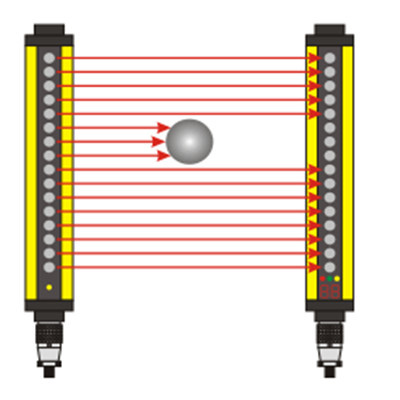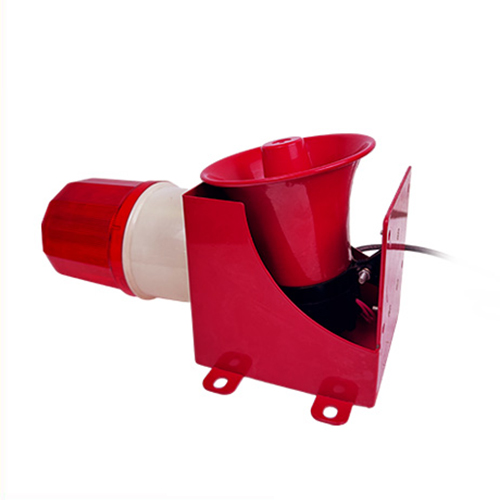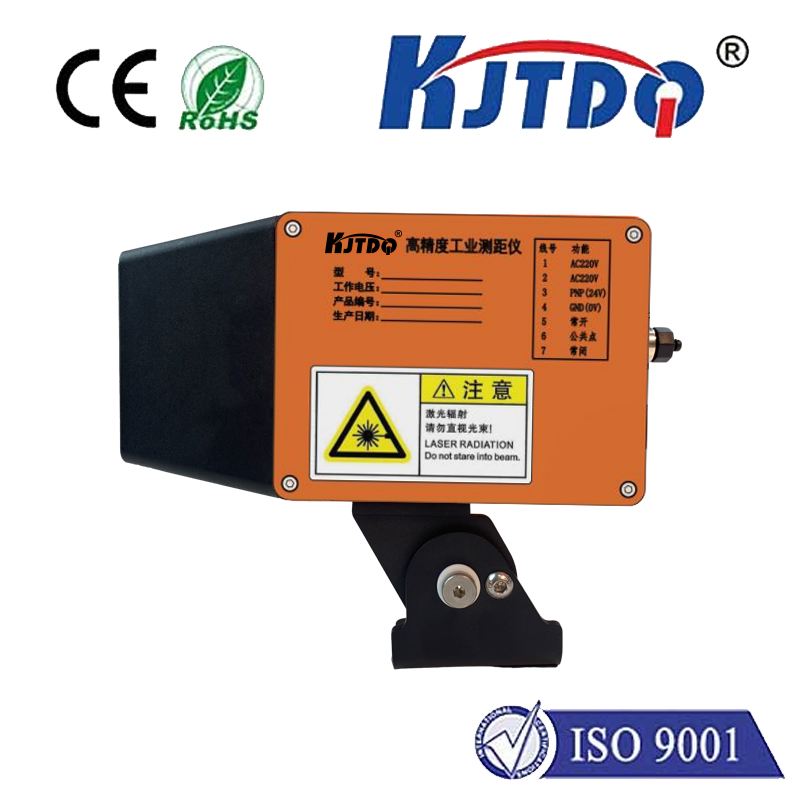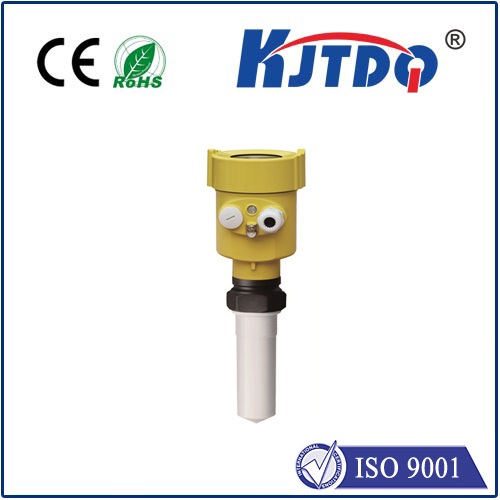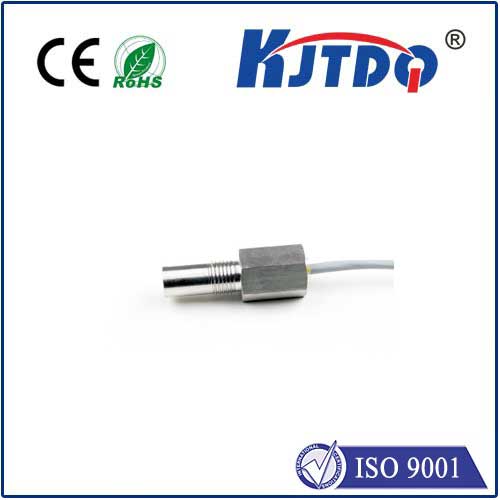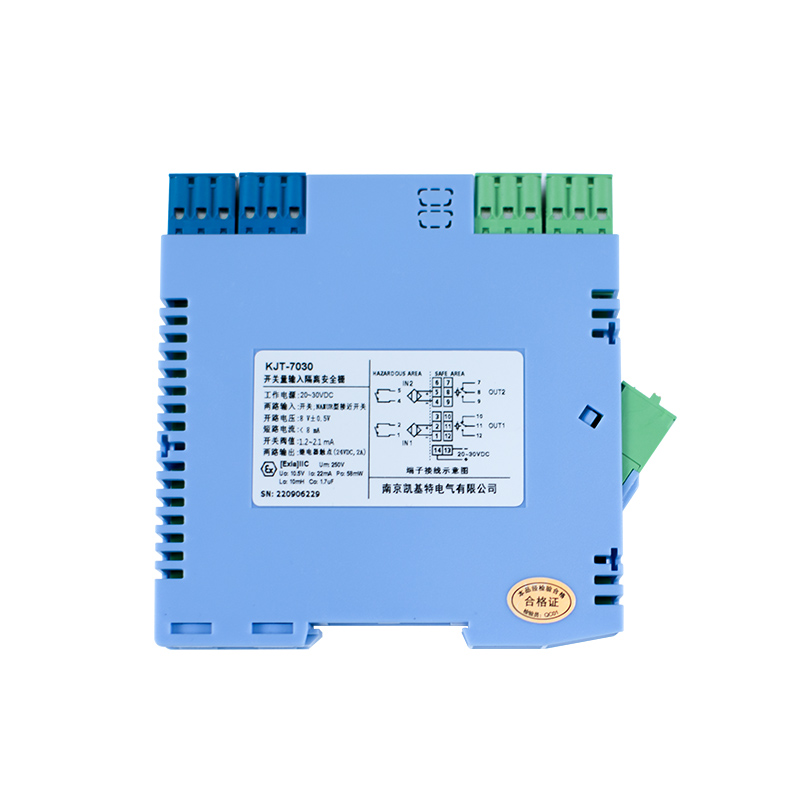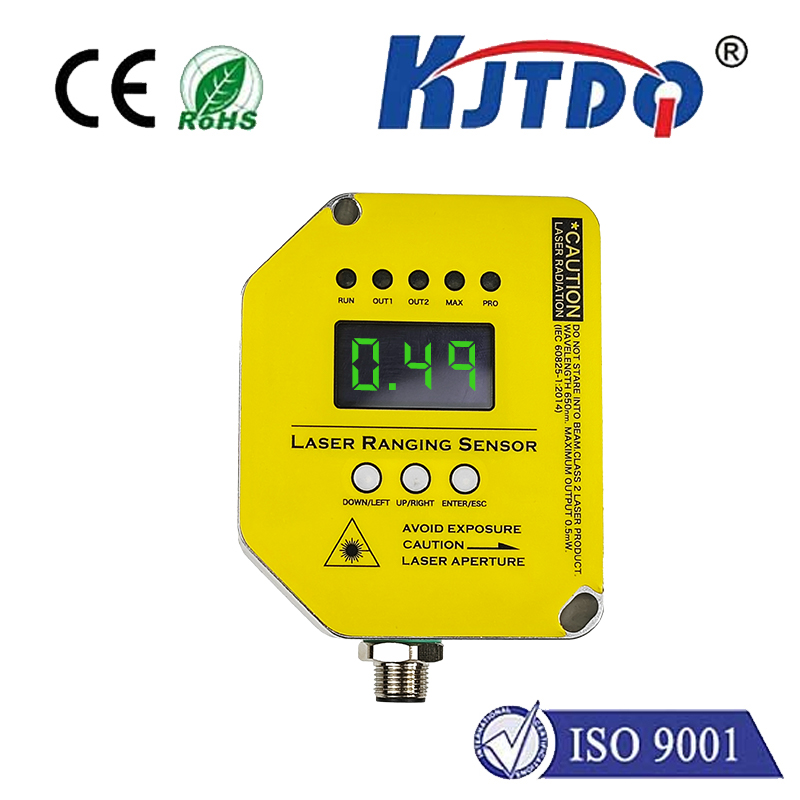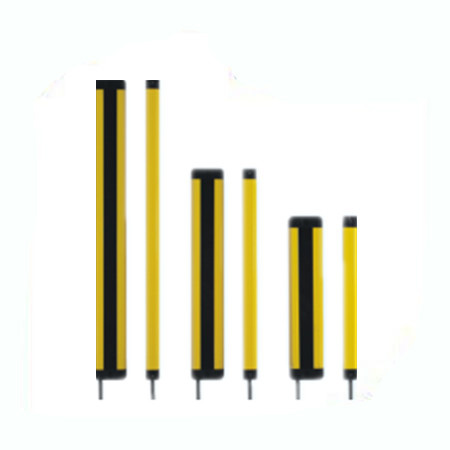
Проверка

Проверка

Проверка

Проверка

Проверка

Проверка
Imagine a critical piece of machinery stopping instantly and safely at the precise moment it should, over millions of cycles, without physical wear grinding down components. This silent, reliable sentinel work is often performed by an unsung hero of automation: the reed limit switch. Far more than just an “on/off” device, these compact sensors leverage fundamental magnetism to deliver unparalleled reliability in position detection across countless industries. Understanding their operation and advantages is key to unlocking efficient and robust control systems.
At the Heart: Simplicity Meets Elegance
The core magic of a Пружинный ограничитель lies within its hermetically sealed glass tube. Inside this tube reside two thin, ferromagnetic metal reeds, typically made from nickel-iron alloy. These reeds act as both the sensing element and the electrical contacts. Crucially, their ends slightly overlap but do not touch in their natural state. This glass envelope is filled with an inert gas, like nitrogen, to prevent internal corrosion and ensure stable performance over decades. The entire assembly is incredibly compact, often just a few centimeters long.
Magnetic Fields: The Invisible Actuator
The genius lies in the actuation method. Unlike traditional mechanical limit switches that rely on physical levers being depressed, reed switches operate magnetically. When a permanent magnet, mounted on the moving element to be monitored (like a door, cylinder rod, or gate), comes within a specific proximity to the switch, its magnetic field permeates the glass tube. This field magnetizes the ferromagnetic reeds. Their overlapping ends, now magnetized, become polarized with opposite magnetic poles (North and South). Opposites attract! This magnetic attraction pulls the reeds together until they physically contact, closing the electrical circuit.

When the magnet moves away, the magnetic field strength drops below the threshold needed to keep the reeds magnetized and attracted. The inherent springiness (elasticity) of the reed blades forces them apart, breaking the contact and opening the circuit. This non-contact magnetic triggering is the fundamental principle behind their legendary durability.
Why Choose a Reed Limit Switch? Unrivaled Benefits
The unique construction and operating principle grant reed limit switches several compelling advantages:
Where Precision and Reliability Rule: Key Applications
Reed limit switches are the silent backbone in numerous systems demanding dependable position sensing:
Selecting the Right Reed Switch: Critical Factors
Not all reed limit switches are identical. Key considerations include:
Installation: Maximizing Performance
Proper installation is vital. The magnet must be oriented correctly (usually with poles perpendicular to the reed blades) and positioned within the specified operating gap relative to the switch. Environmental factors like nearby ferrous metal or strong external magnetic fields can interfere with performance and must be considered during mounting. Ensuring secure mounting of both the switch and magnet prevents misalignment over time.
The Undeniable Edge in Position Sensing
From the relentless pace of a factory floor to the critical safety systems in an elevator, reed limit switches provide an unmatched blend of ruggedness, reliability, and simplicity. Their non-contact magnetic operation, hermetically sealed construction, and ability to deliver millions upon millions of reliable cycles make them a cornerstone technology for precise position detection. When failure is not an option and maintenance downtime must be minimized, the humble reed switch stands tall as an indispensable component in the engineer’s toolkit, silently ensuring machinery operates safely and efficiently, exactly where and when it should.
